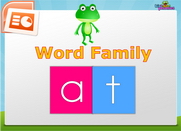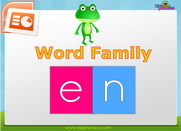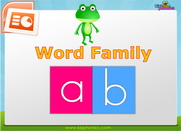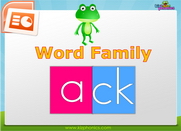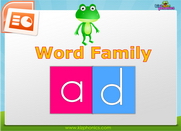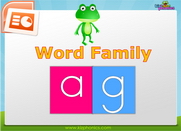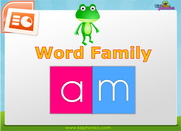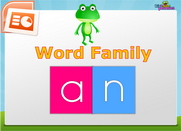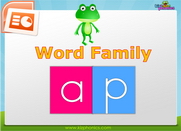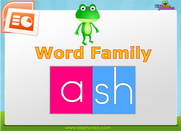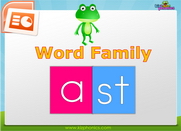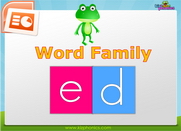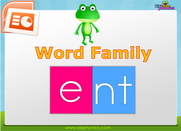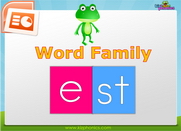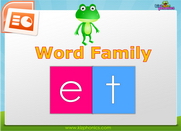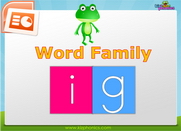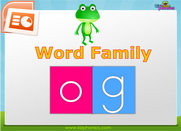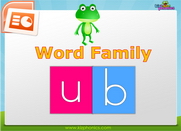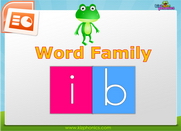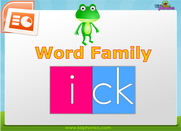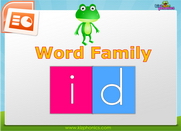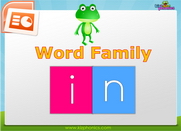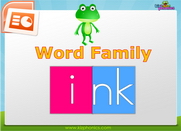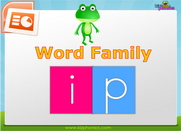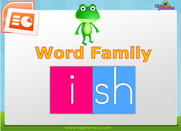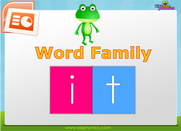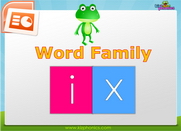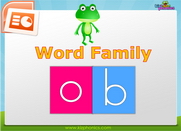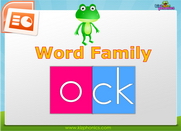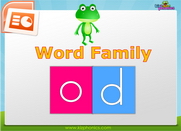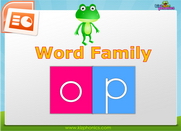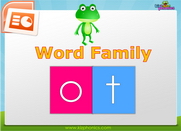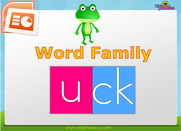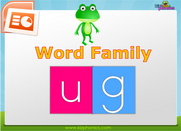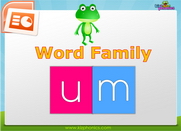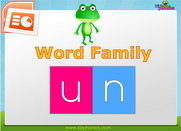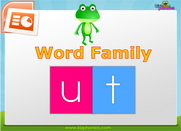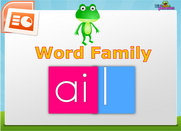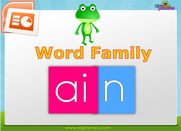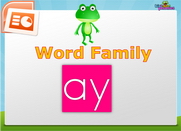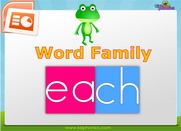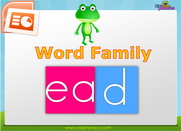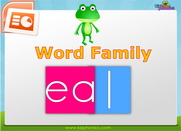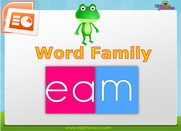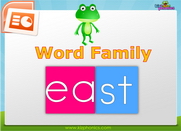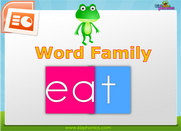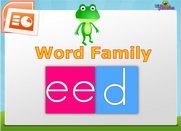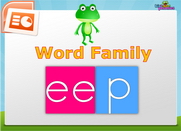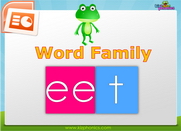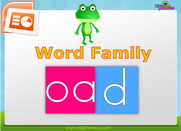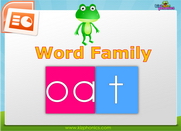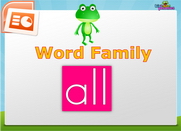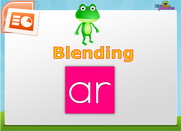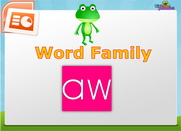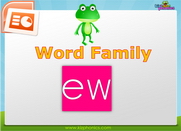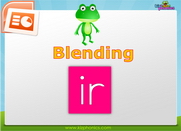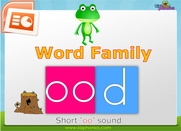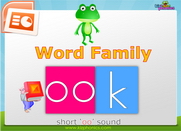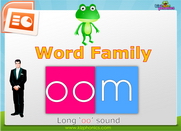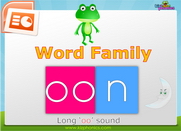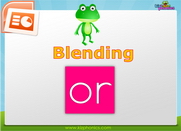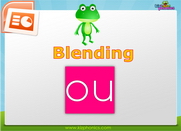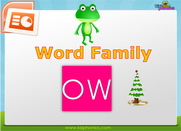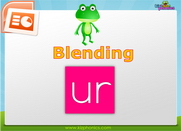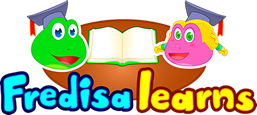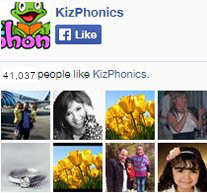Kiz Phonics uses an eclectic mix of analytics, analogy and synthetic phonics methods when teaching children to read words. Our phonics powerpoints primarily employ analogy and synthetic phonics approaches, which are best-suited for teaching word blending. Download and use these excellent extra resources in your phonics lessons.
Read More
What is synthetic phonics? To synthesize means to combine or blend. Synthetic phonics teaches children to read words by blending or combining the individual sounds of the word. We use synthetic phonics in our powerpoints to create word families. Look at the examples below:
- /a/ /t/ blending – we blend /a/ with /t/ to read a word chunk ‘at’.
- /oa/ /t/ blending – we blend /oa/ with /t/ to read a word chunk ‘oat’.
- /ee/ /t/ blending – we blend /ee/ with /t/ to read a word chunk ‘eet’.
What is analogy phonics? Another word for analogy phonics is word chunks or word families. With this method, a word chunk is taught first and then other sounds are added to form new words in the same family. Look at the examples below:
- ‘at’ word chunk/family is taught and used to build similar words like cat, rat, mat, sat, that
- ‘oat’ word chunk/family is taught and used to build similar words like coat, boat, moat, goat
- ‘eet’ word chunk/family is taught and used to build similar words like sheet, beet, greet
We start by using synthetic phonics to create word chunks. We then use these word chunks/families in an analogy phonics method to add new sounds and read similar words. This exponential approach to teaching phonics is a key ingredient in the Kiz Phonics program. Similar resources for teaching using this method can be found in the Kiz Phonics® lesson videos under each level.
How to Teach with Blending Powerpoints
- Open the powerpoint and view as ‘slide show’. Each powerpoint is not automatic, which means it only moves to next if you click the left mouse button or the down arrow on your keyboard.
- Pre-teach the word chunk on the first slide by pointing, saying and asking children to repeat twice.
- Move to the next slide, which focuses on the key vowel sound. Teach that sound. Use the ‘If you are happy song’ if this is feasible. For example if you are teaching ‘oa’ vowel digraph, the song will go like this – If you’re happy and you know it say ‘oa’ ‘oa’. Kids focus on saying the ‘oa’ sound.
- Next use the key vowel to blend and read the word family. When four of this word family is repeatedly displayed on slide, drill the word families again. Step five brings in the magic.
- In this step, children will see how other letters are added to the word family to read four new words. Press the mouse once for a letter to descend and join the word family. Read the word. Keep doing this until all four words have been formed and read.
- Move to the next slide and quickly review. Quickly press your right mouse button while children repeat. Then press until numbers 1, 2, 3, 4 appear next to words.
- When the numbers appear, play a listening game. Tell the learners you will say a word in random order and they will quickly call out the number.
- Now reverse the order – teacher says the number at random and kids quickly call out the word. Keep doing this until the words are being read naturally.
- Then quickly go through the next slide(s) depending on the ppt, until you reach the final slide – sentence reading.
- Let students attempt to read the sentence. They should get the colorful words right but may struggle with the sight words of the sentence. After several attempts by different students, the teacher reads the sentence correctly and asks kids to repeat.
- For quick comprehension, ask questions about the picture of the sentence. For example, ‘Where is the mouse in the picture? Can you show me?’
*Terms of Use: Please do not resell, rebrand or redistribute our powerpoint presentations to non-members of our site. Republishing them on the internet constitutes a violation of our terms of use.
Kindergarten (K1) Blending PPTs 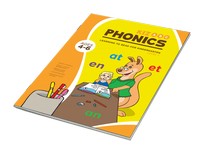
Kindergarten (K2) Blending PPTs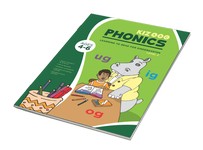
1st Grade Levels 1 & 2 Blending PPTs 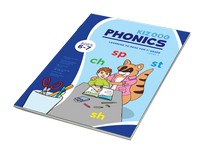
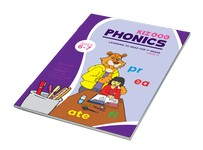
2nd Grade Level 1 Blending PPTs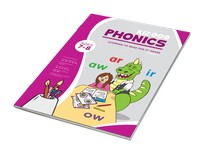
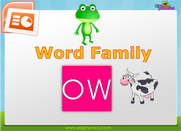
'ow' blending ppt (double vowel)
Powerpoint for teaching 'ow' (double vowel) word families and blends.
Word Families Activities for Teaching Phonics
Word families are a great way to teach children synthetic phonics and make reading easier. A list of words belonging to a word family are introduced. Most common word families with the short 'a' sound include: at, as in bat and cat, ap as in nap and clap. They also occur in long vowel combinations such as 'eep' as in sheep and deep, and 'oat' as in goat and float. Word families tend to have the same vowel and consonant combination in their endings. With the same ending, word families can be used to read and spell a variety of words. This leads to an exponential growth in a child's reading and spelling capabilities. Using a word family lists, students can practice reading unknown words and build a vocabulary for unfamiliar words.
Teachers could also use a word families chart. The goal of word family charts is to develop phonemic awareness, which is crucial to reading success. By introducing a word family, students will understand how similar words sound and look. They will also begin to recognize that the alphabetic writing system is a complex system, and that one little chunk of a word can be used to unlock a whole host of words. They will soon discover that this linguistic tool is an invaluable tool in reading and learning.
Word family activities are a fun and efficient way to help kids practice and build their vocabulary with these word families. Whether in a classroom setting or with a parent at home, these activities are a great way to get children involved and practice reading a new word family. At Kiz Phonics we offer several word family activities in the form of games, worksheets and lesson plan materials.
Before teaching word families to your students, they should have strong phonemic awareness skills. During the first phase, children should be exposed to a word family one at a time. It is important to introduce each word family in a separate activity. Generally, avoid teaching too many word families in a day. Ideally, one or two word families a day is sufficient. It is essential to be consistent though. To further develop children's reading abilities, they can be made to brainstorm for a word that rhymes with another. While they are learning the word family, they can also play games that practice rhyming with different letters.
Word families can help your students learn to read because the word families often have similar letter patterns that can be absorbed quickly.

